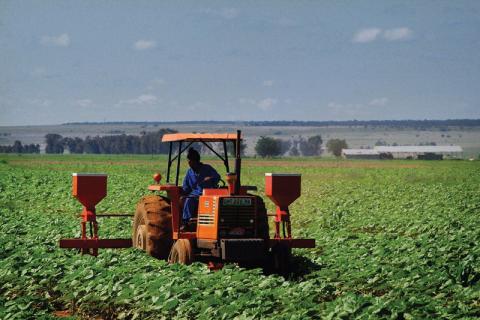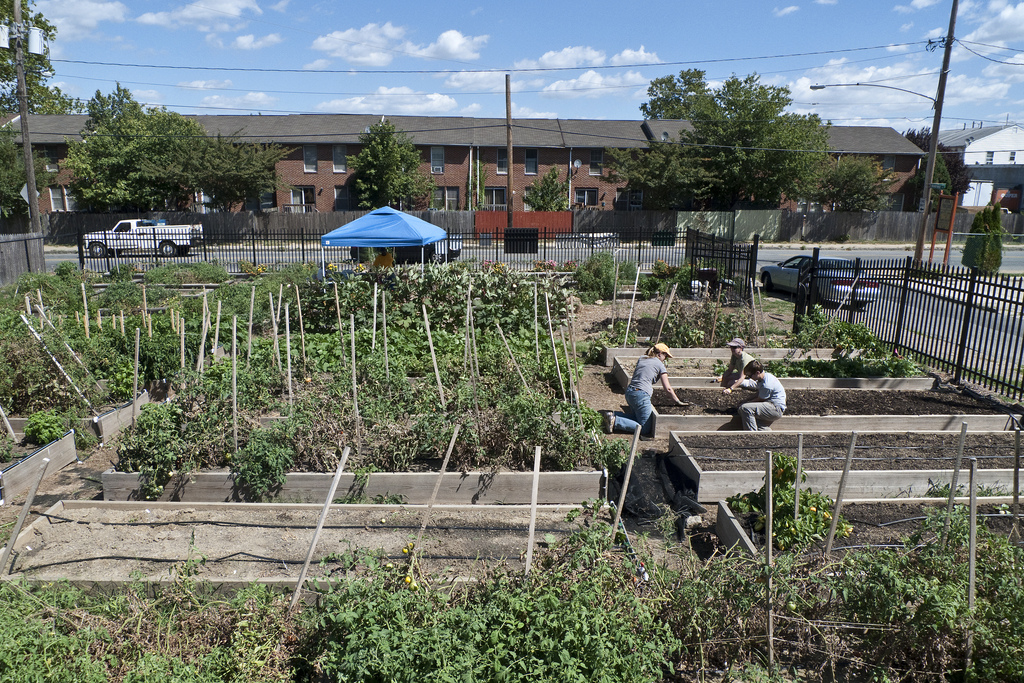Agriculture Online Detail
Burning fields to remove crop stubble, weeds and pests occurs worldwide, and California's estimated emissions from the burning of crop residue ranks fifth nationally (McCarthy 2011). These emissions potentially contribute to particulate matter (PM) levels in the San Joaquin Valley, which often exceed standards for ambient air each season of the year (Ngo et al. 2010). Studies have documented thousands of chemicals in smoke; they can exist in gas, liquid and solid form. During burning, plant matter breaks apart and gases condense on particles or form particles. Most particulate matter in smoke is smaller than 2.5 micrometers (μm) in diameter (PM2.5) and can be transported over long distances (Naeher et al. 2007). The California Air Resources Board (CARB) estimates annual tons of particulate matter and gases emitted from field, orchard and weed burning for California counties (CARB 2009); their estimates are derived from burns of crop residue in a laboratory (CARB 2005b).
Burning fields to remove crop stubble, weeds and pests occurs worldwide, and California's estimated emissions from the burning of crop residue ranks fifth nationally (McCarthy 2011). These emissions potentially contribute to particulate matter (PM) levels in the San Joaquin Valley, which often exceed standards for ambient air each season of the year (Ngo et al. 2010). Studies have documented thousands of chemicals in smoke; they can exist in gas, liquid and solid form. During burning, plant matter breaks apart and gases condense on particles or form particles. Most particulate matter in smoke is smaller than 2.5 micrometers (μm) in diameter (PM2.5) and can be transported over long distances (Naeher et al. 2007). The California Air Resources Board (CARB) estimates annual tons of particulate matter and gases emitted from field, orchard and weed burning for California counties (CARB 2009); their estimates are derived from burns of crop residue in a laboratory (CARB 2005b).
Agriculture Online
Agriculture Online
Agriculture Online
Agriculture Online
Agriculture Online
Agriculture Online
Agriculture Online
Agriculture Online
Agriculture Online
Agriculture Online
Agriculture Online
Agriculture Online
Agriculture Online
Agriculture Online
Agriculture Online
Agriculture Online
Agriculture Online
Agriculture Online
Agriculture Online
Agriculture Online

















No comments:
Post a Comment